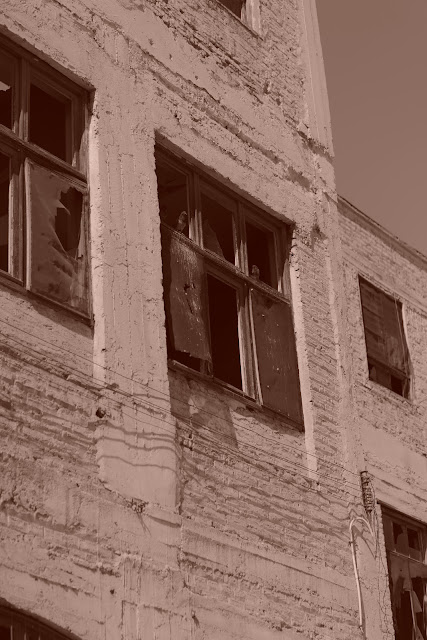RAW or JPG?
Many times we hear that it is always better to take photos in RAW but first things first, what does RAW mean?
Well for those of you who are new and do not understand well what this is about, the simplest explanation of what RAW is and why it is better to shoot photos in this format is, RAW is a digital image file format that contains all of the Image data as it has been captured by the digital sensor of the camera, for which this later helps us to edit in some program such as Adobe Lightroom or Edit from the Sony software package "Imaging Edge Dekstop"
So now that we know the simple explanation of what RAW means, a question arises that I know for many, RAW or JPG?
(Disclaimer: JPG is also an image format that we will talk about later)
As we now know, RAW and JPG are two image formats that are used in photography. The difference between the two is compression:
A RAW is a decompressed file from which we will have the information of the image data as it has been captured by the camera sensor, which gives us more possibilities in editing. It would be like the negative that is developed in analog photography.
A JPG is a compressed file, of which we will not have as much information and will not provide us with the same editing possibilities.
in JPG format, you can find these photos on my instagram at
the blog cover "
Then going over
What to keep in mind if we are going to use RAW
RAW is the raw information captured by the sensor, without the camera applying processing to the image.
We need software to view their content, but they are not hard to come by. And we will also have to have an editing program that allows us to work with RAW, such as Lightroom, Aperture, DxO, CaptureOne, Photoshop, etc. Each camera model has its own RAW file.
It is an uncompressed format, therefore, a RAW file will weigh much more than a JPG, so we will have to take into account having space to store the photographs.
Since the camera does not process the image, it apparently has less contrast and sharpness, but more detail in shadows and highlights, although that does not have to worry you because, being RAW, it allows you total control in editing.
You cannot print from the camera without post-processing to convert it into another format, such as JPG, which in any of the aforementioned programs could be exported to JPG format.
What to keep in mind if we are going to use JPG
It is a standard format, recognized by any current photographic software.
It is a compressed format, therefore a JPG file will not weigh as much as a RAW and it will be easier to store.
It has a lower dynamic range (detail in shadows and highlights) and a higher contrast. The camera applies focus, so it appears sharper and with more vivid colors.
It is not convenient to tweak a lot because the file is already compressed. If you do, it is better to save as a different file so that two compressions are not applied to the same file (the deterioration can be observed in the histogram).
It is processed in the camera itself, so it does not need post-processing and can be printed directly.
One of the biggest differences between the two file types is the color depth of each bit. A RAW photo is 16-bit, while JPG is 8-bit. This means that a RAW photo will offer a more natural color and smoother gradients, while supporting more editing settings than an 8-bit one. That is, if you retouch a photo in RAW you lose less information than in a photo in JPG and you will preserve more quality.
Last conclusions
If you are a beginner photographer and you prefer to take a photo and not have to edit, export and all the work that is needed to finish a photo in Photoshop, I recommend shooting JPG photos, instead if you like to perfect each pixel of your photo, forward strip in RAW.
Many times, when shooting in RAW, the mistake of thinking "I'll fix it in editing" is made. Therefore, what we do recommend is that you take care of the photography in situ, whether you shoot in RAW or JPG. This will save you work and the quality of the photo will not be affected by editing.
If you have to take a very high volume of photographs but do not have enough storage space, for example if you are traveling, better use JPG.
Another option that cameras provide us is that we can use both formats at the same time. Thus, shooting in RAW and JPG, you can decide which of the two to use and delete the one you don't need.
For example, the current equipment that I use has the JPG + RAW mode which takes two photos in both formats, which is great for me if I want to correct a certain parameter of my photo but I cannot in JPG because I choose the one that I shoot in RAW and It is done.
Leave me in the comments that you prefer, shoot photos in RAW or JPG, or both?
I hope I have at least clarified some doubts on the subject and even if you did not know what the RAW format was, good luck with your photos.

Comentarios
Publicar un comentario